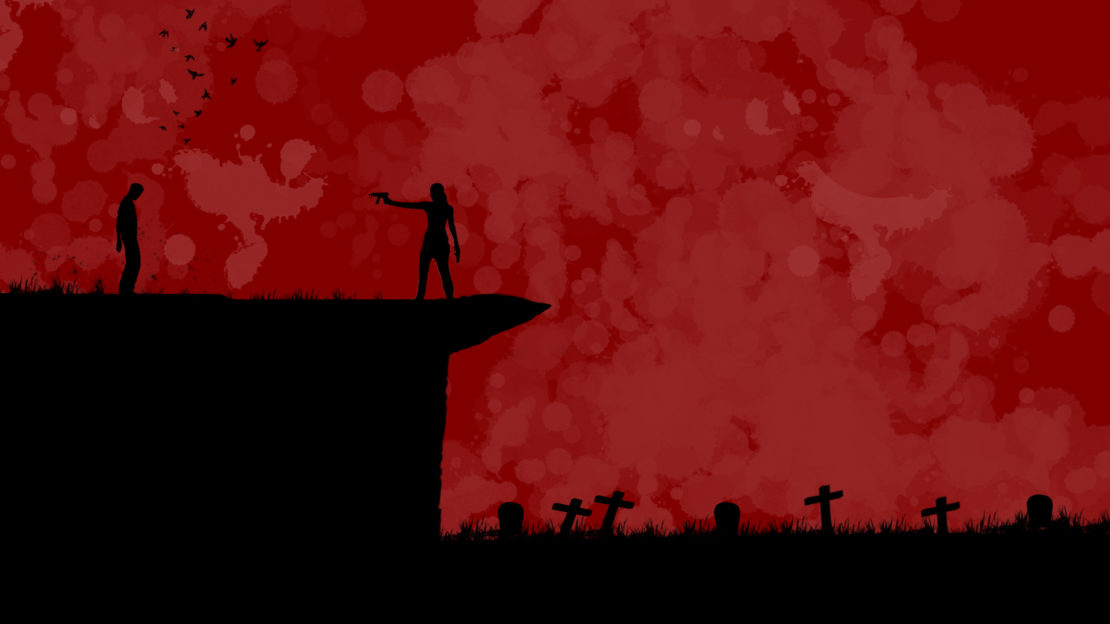
Bradical
5
Joined May 2020
Discussions
Reply to: 90% dead at the end of a year after complete grid loss
Posted November 21, 2022
Reply to: 90% dead at the end of a year after complete grid loss
Posted November 21, 2022
Reply to: 90% dead at the end of a year after complete grid loss
Posted November 21, 2022
Reply to: Living off a Datrex ration block for 2 days
Posted November 21, 2022
Reply to: 90% dead at the end of a year after complete grid loss
Posted November 21, 2022
Reply to: WAPI – Skip boiling and make water safe with less fuel
Posted October 25, 2022
Reply to: Making your own popsicles to stay cool
Posted October 25, 2022
Reply to: WAPI – Skip boiling and make water safe with less fuel
Posted October 24, 2022
Reply to: FDA guidance on taking potassium iodide after a nuclear bomb goes off
Posted October 22, 2022
Reply to: Low-bandwith website recommendations for when you have poor service
Posted September 22, 2022
Reply to: Brushfire information resources
Posted September 22, 2022
Reply to: The impending moon wobble and expected effects
Posted September 7, 2022
Reply to: So many types of camo out there
Posted September 7, 2022
Reply to: What to do about a personal data leak or breach – Before and After
Posted September 2, 2022
Reply to: News roundup for Fri, Aug 26, 2022
Posted August 26, 2022
Reply to: News roundup for Tue, Aug 23, 2022
Posted August 23, 2022
Load more...
Let’s make the ultimate emergency reference guide for a bug out bag
GearScenariosSkills 1116
Posted June 10, 2022
Heard The Prepared on NPR this morning in an interview titled “Doomsday Prepping Goes Mainstream”
2919
Posted June 30, 2021
Reply to: 90% dead at the end of a year after complete grid loss
Posted November 21, 2022
Reply to: 90% dead at the end of a year after complete grid loss
Posted November 21, 2022
Reply to: 90% dead at the end of a year after complete grid loss
Posted November 21, 2022
Reply to: Living off a Datrex ration block for 2 days
Posted November 21, 2022
Reply to: 90% dead at the end of a year after complete grid loss
Posted November 21, 2022
Reply to: WAPI – Skip boiling and make water safe with less fuel
Posted October 25, 2022
Reply to: Making your own popsicles to stay cool
Posted October 25, 2022
Reply to: WAPI – Skip boiling and make water safe with less fuel
Posted October 24, 2022
Reply to: FDA guidance on taking potassium iodide after a nuclear bomb goes off
Posted October 22, 2022
Reply to: Low-bandwith website recommendations for when you have poor service
Posted September 22, 2022
Reply to: Brushfire information resources
Posted September 22, 2022
Reply to: The impending moon wobble and expected effects
Posted September 7, 2022
Reply to: So many types of camo out there
Posted September 7, 2022
Reply to: What to do about a personal data leak or breach – Before and After
Posted September 2, 2022
Reply to: News roundup for Fri, Aug 26, 2022
Posted August 26, 2022
Reply to: News roundup for Tue, Aug 23, 2022
Posted August 23, 2022
Reply to: How to maintain a fan?
Posted August 3, 2022
Reply to: What are your softcore preps?
Posted July 20, 2022
Load more...